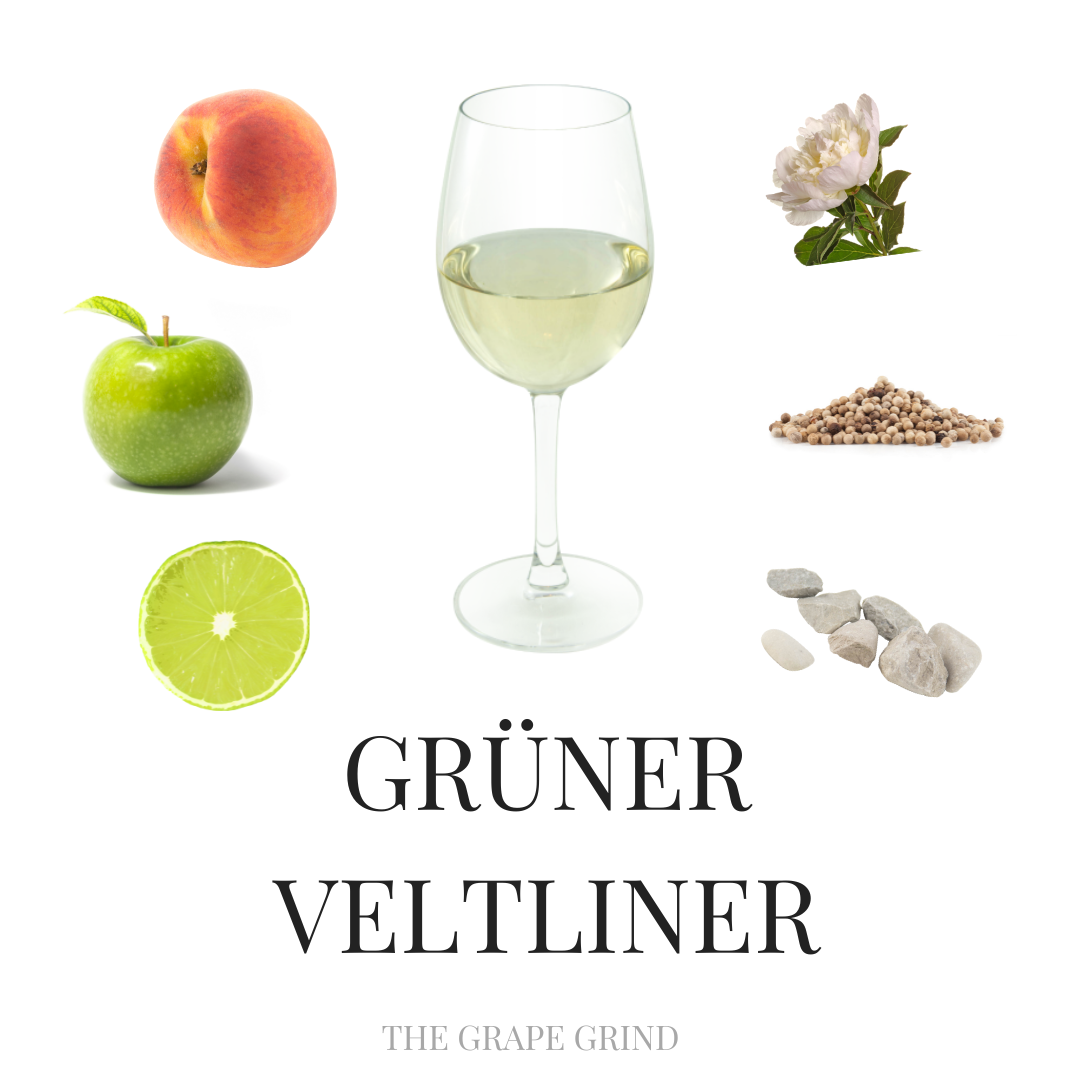
All You Need to Know About Txakoli: A Quick Guide
Txakoli pronounced cha-ko-lee is a lightly effervescent white wine made in the mountainous hills of Basque Country in Northern Spain. Known for its zesty acidity, subtle bubbles, and low alcohol, it’s a wine equally suited for your finest seafood dishes as it is day drinking on a warm summer day.
Made traditionally from native grapes, it’s more so the style and technique of making the wine that sets it apart. The palate is bone-dry, and its bracing acidity puts Champagne to shame. With subtle minerality and snappy citrus and green apple flavor, it’s the perfect obscure swap for your everyday Pinot Grigio or Vinho Verde.
A few more notes on Txakoli:
- It may also be spelled Chacoli or referred to as Txakolina, which translates to “place of Txakoli” in Basque. The word comes from an Arabic word for “thinness.”
- There are three main types: Txakoli de Getaria, Txakoli de Vizcaya, and Txakoli Alava, referring to the regions from which they come.
- Txakoli is typically served in a method called “txotx” or “breaking,” where the wine is poured from a height of several feet into a tumbler, which is believed to help open up the wine and bring out its aromatics.
- Txakoli is made from the indigenous white grape called Hondurrabi zuri. There’s also a red variety called Hondurrabi beltza, though it’s not related to the white grape and is more often used to make Txakoli rosé.
The following guide will illustrate what Txakoli often tastes like (aroma, flavor, and structure). It will also tell you where it’s from, provide you with common food recommendations, similar varieties, and let you know why you should be drinking more of it!
How would I describe Txakoli?
Crisp
Bone-dry on the palate with tart green apple, lemon, and delicate floral notes, it’s a wine that dances on the palate from beginning to end.
Refreshing
With naturally low alcohol, effervescence, and a lively flavor profile, you could polish off a bottle before you know it!.
Intriguing
Txakoli is snappy and zesty after the first sip, but over time, it unravels to reveal floral notes and minerality. Though it doesn’t skimp on the acidity, it’s not overpowering, thanks to the light bubbles that help to soften the wine.
What does Txakoli taste like?

The flavor of Txakoli is usually consistent since it’s not grown widely throughout Spain. I typically find a glass of Txakoli to taste of green apple, pear, lemon, lime, pineapple, and aromas of white peach, grapefruit, lemon, and flowers.
Keep in mind the flavor of wine will depend greatly on your palate, and not all wines may exhibit these aromas and flavors!
What about structure?
There is no “one size fits all” when it comes to structure for every grape, however, there IS a general range when it comes to body, acid, alcohol, and tannin for each. Below are general guidelines for classic representations. Growing conditions and winemaking techniques can impact each of the following.
Light Body
Think of body as the difference between water, skim milk, and whole milk. The lighter the body, the more akin to water it will feel. If body can be measured by how light the wine sits on your palate, Txakoli is very light, akin to water versus milk.

High Acid
Acidity can be measured by how much saliva builds up in your mouth after you swallow the wine. The more acidic the wine, the more saliva you produce. Txakoli is known for being tart regardless of the region.

Low Alcohol
Alcohol gives you that “burn” feeling after taking a sip. Txakoli is always made low in alcohol, around 10-12%. This is due to the cooler climate and limited sun exposure, which produces grapes with less sugar and, therefore, less sugar to convert into alcohol. This makes for a dangerously drinkable, refreshing wine.

Where is Txakoli from?
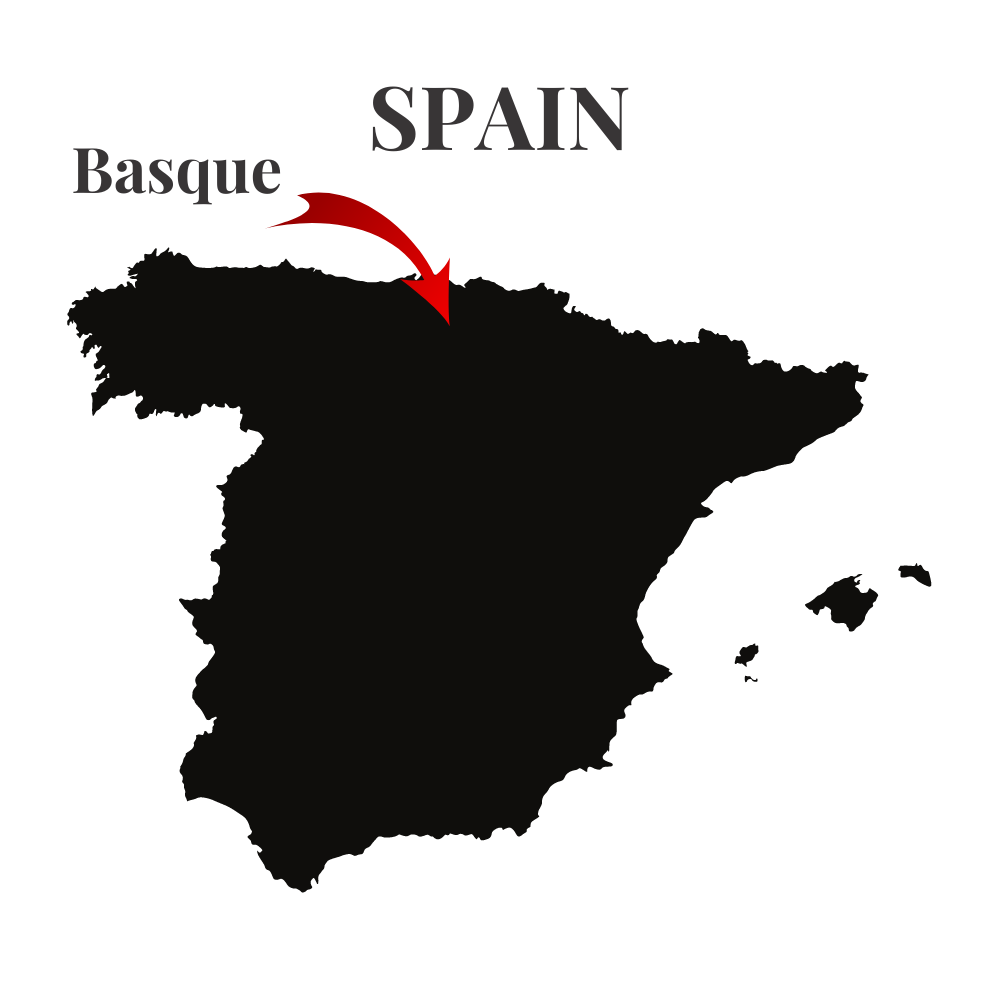
Basque
Primarily in: Getaria, Vizcaya, and Alava
Txakoli originated and is still grown exclusively in the Basque region of Northern Spain. This region borders France and hugs the Bay of Biscay along the Atlantic coast. Vineyards perch precariously over this mountainous region along the rocky, rough limestone cliffs, making machinery for harvest virtually impossible and hand-harvesting a must.
The success of this grape is due largely to its ability to ripen in a cooler climate with limited sun exposure. The vineyard’s proximity to the coast softens the warm summers and makes for a relatively mild winter.
.
Where does Txakoli get its bubbles?
Txakoli gets its bubbles during the winemaking process, where the juice is fermented in stainless steel tanks and capped, similar to Prosecco. This preserves the natural carbonation in the wine and makes for subtle bubbles.
What food should I pair with Txakoli?
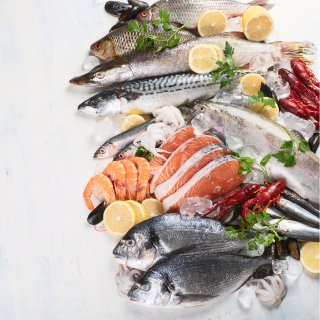
Seafood
Why?
This is a no-brainer. With bright acidity, dryness, and natural citrus and mineral undertones, Txakoli is the perfect white wine for pairing with everything from raw oysters to prawns, crab, and, more traditionally, Spanish tapas made with anchovies, sardines, and tuna.
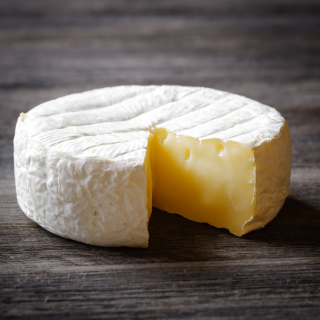
Soft Cheeses
Why?
The cutthroat acidity and opposing green flavors of Txakoli will make the perfect pairing for contrasting the flavors of mild, buttery cheeses, like brie, goat cheese, camembert, or ricotta.
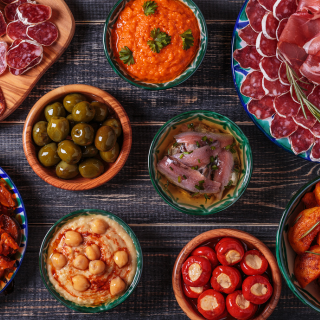
Tapas
Why?
Txakoli is an indigenous Spanish style of wine, and thus, pairs perfectly with all sorts of Spanish tapas, from garlicky shrimp to tomatoes with sardines or cured ham wrapped in manchego. The Basque Country even specializes in a unique version of tapas known as pintxos or “pinchos,” AKA tapas speared with toothpicks.
Other Pairings: Ceviche, paella, green salads with vinaigrette, and raw sushi and sashimi
What other similar varieties would I enjoy?
(common confusions)
Albariño has:
- More oily mouthfeel
- More grapefruit and citrus flavors, with less green fruit
- Less bright acidity

Vermentino has:
- Higher alcohol content, around 11-13%
- Sometimes subtle sweetness
- More white fruit and grapefruit notes, less green apple



Olivia is a Washington-based freelance writer with a Level 2 Award in wines from the Wine & Spirit Education Trust. She has a passion for all things food, wine, and travel, though her heart belongs to the Pacific Northwest. When she’s not sipping on a glass of Washington Cab., she’s usually bikepacking, crocheting, or chillin’ in the sun with her dog Tater.
IG: @liv_eatslocal
Website: liveatslocal.com


